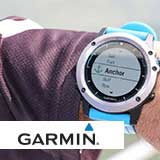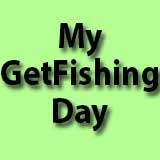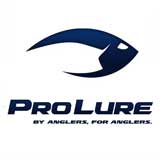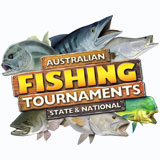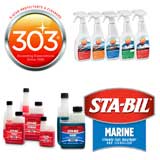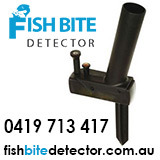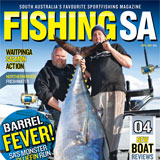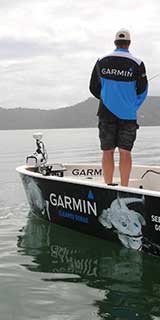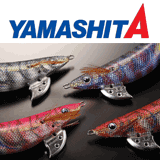Species ID
View AllWestern Rock Blackfish
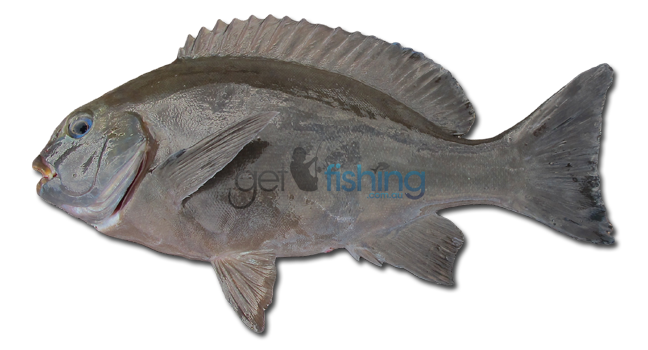
Western Rock Blackfish are uniformly brown to black in colour often with a tinge of blue. They have a distinctive blue eye, a small weed-eaters mouth, rounded head, soft fins and a powerful tail.
Other Names
Drummer, Rock Blackfish
Common size
20-40cm
Related species
Black Drummer (Girella elevata), Silver Drummer (Kyphosus sydneyanus), Blue Drummer (Girella cyanea), Zebrafish (Girella zebra)
Habitat
Western Rock Blackfish inhabit turbulent whitewash zones in bouldery, cavey environments around rocky headlands and reefs.
Where to fish
The best place to target Rock Blackfish is the turbulent whitewash zones in bouldery, cavey environments around rocky headlands and reefs. When targeting Western Rock Blackfish from the rocks never risk your life by fishing in large dangerous swells.
How to target
From a safe vantage point, fish an area where all the action is, a place where you would expect crabs and other food to get washed off the rocks. The idea is to keep your bait suspended just above the bottom underneath the wash, so choosing the right sized sinker is key. The wash will aid in keeping your bait suspended, but when you feel your bait hit the bottom lift your rod and slowly retrieve, as if you were bouncing your bait back to shore. Rock Blackfish bites are distinctive hard bumps. When you hook up, go hard and don’t give them an inch!
Rod & Reel
When fishing for Rock Blackfish off the rocks you’ll need a long rod for steering fish away from snags and ledges and for lifting fish when landing. When targeting small to medium sized fish, 1-2kg in size, a 10ft 6-wrap fiberglass rod (or equivalent in graphite) is suitable. To consistently land larger fish a 12ft 8-9-wrap rod is more appropriate.
The traditional reels of choice among east coast Drummer fanatics were the 6.5 to 7 inch ‘E’ series Alveys. Nowadays Alvey offer a wider range including the lighter ‘BE‘ series with a graphite back plate. Alternatively, if Alveys aren’t your style a large spin reel will do just fine.
Line and leader
- Line: For small to med sized fish use 10-12lb abrasion resistant mono (or braid). For larger fish use 20-30lb.
- Leader: Monofilament the same strength as mainline. Fluorocarbon is not necessary, unless perhaps fishing calm conditions during the day.
Terminal Tackle
Size 2 to 3/0 hook, swivel, and a variety of ball sinker sizes. In some situations float rigs are handy.
Best Bait
Peeled prawns, rock/shore crabs, bread or dough.
Hints and tips
- Use a constant bread berley to attract and keep them in one place, preferably at your feet. A basic bread berley usually consists of small pieces of bread mixed with water. You can also add a bag of pollard to the mix. Adding too much water to the mix will make it hard to handle and throw.
- It’s best to target Rock Blackfish in the early morning/late afternoon. If it’s calm arrive at first light.
- Rock fishing is a dangerous sport and claims many lives each year. Never fish alone, assess the conditions before fishing, and never fish in large swells or dangerous conditions.
Rigging for bottom fishing
When fishing for Rock Blackfish, snags and bust offs are common occurrence. Keep your rig simple and use as little weight as possible to achieve a suspended bait just above the bottom. In some situations no lead is possible but this is rare and will reduce your direct contact with the bait. An ideal rig for Rock Blackfish consists of a running sinker on a 0.5 to 1m monofilament leader between a swivel and the hook. If using braid a swivel is still recommended to reduce time spent tying joining knots.
Endemic to WA, Western Rock Blackfish are found from Carnarvon south to the Recherche Archipelago east of Esperance.
Western Rock Blackfish are not a renown table fish and are regarded as average eating.
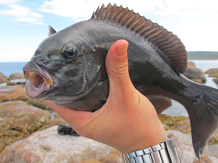
- Are a member of the family Kyphosidae (sea chubs)
- Can grow to 61cm in length
- Average eating
- Hard fighting
- Can change colour from it’s uniformly dark colouration to a blotchy pattern
- Has a blueish eye
- Tips of fins often pale to blueish
- Endemic to WA
- Inhabit washy areas, under ledges and near caves in rocky reef environments

